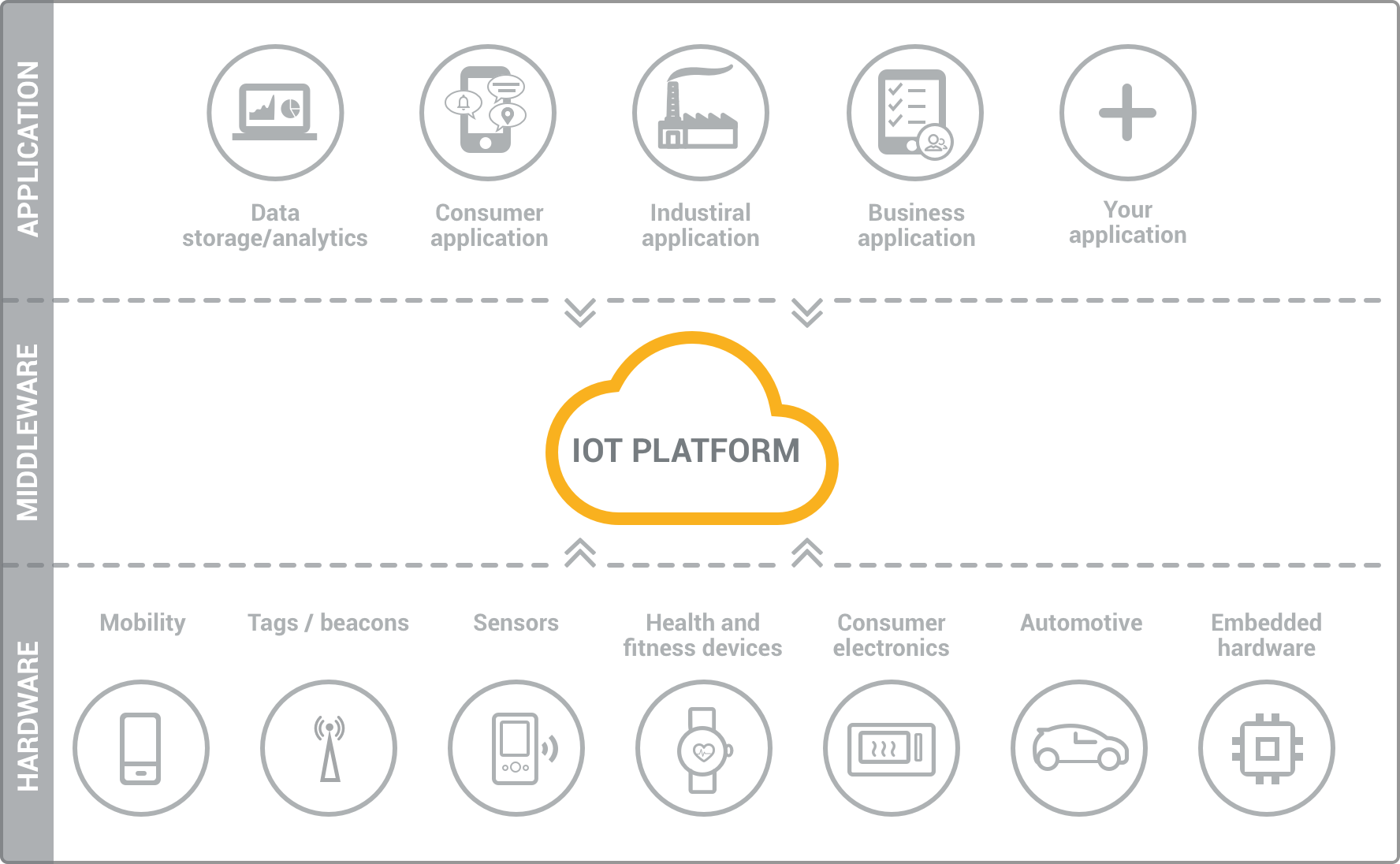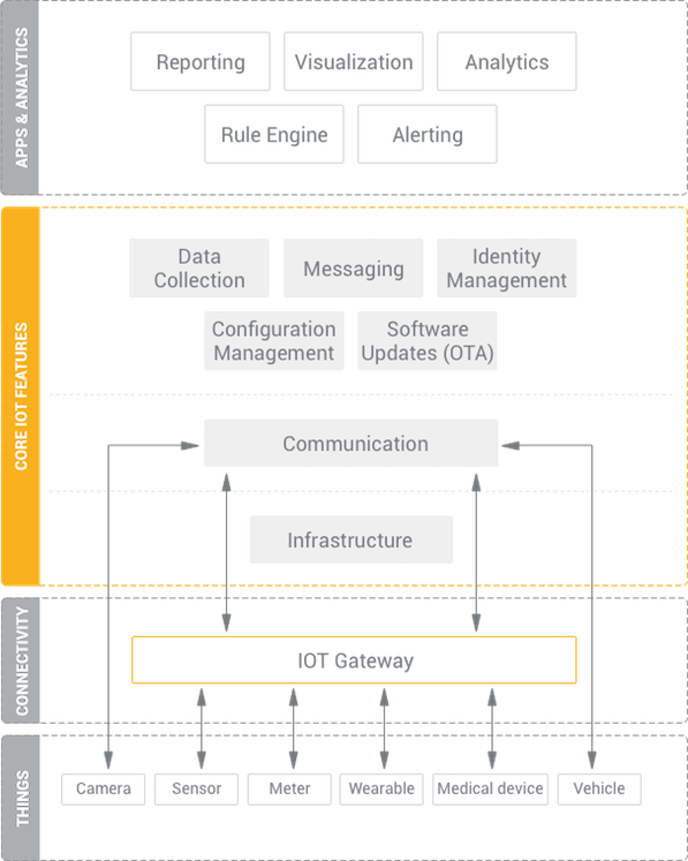IOT
BootNext venture's IoT platform is a set of components that allows developers to spread out the applications, remotely collect data, secure connectivity, and execute sensor management. The IoT platform manages the connectivity of the devices and allows developers to build new mobile software applications
It provide a head start in building IoT systems by providing built-in tools and capabilities to make IoT easier and cheaper for businesses, developers, and users
It facilitates the collection of data from devices and enables business transformation. It connects different components, ensuring an uninterrupted flow of communication between the devices.
The IoT platform helps in understanding the customers’ needs better and facilitate the creation of products that fulfill their requirements. It provides organizations with greater intelligence and visibility into operations, which enables better decision-making.
- A complete IoT system needs hardware, such as sensors or devices. These sensors and devices collect data from the environment (e.g. a moisture sensor) or perform actions in the environment (e.g. watering crops).
- A complete IoT system needs connectivity. The hardware needs a way to transmit all that data to the cloud (e.g. sending moisture data) or needs a way to receive commands from the cloud (e.g. water the crops now). This can be accomplished with mature forms of connectivity like cellular, satellite, or WiFi, or may necessitate more recent, IoT-focused connectivity options like LoRa.
- A complete IoT system needs software. This software is hosted in the cloud (what’s the cloud?) and is responsible for analyzing the data it’s collecting from the sensors and making decisions (e.g knowing from moisture data that it just rained and then telling the irrigation system not to turn on today).
- Finally, a complete IoT system needs a user interface. To make all of this useful, there needs to be a way for users to interact with the IoT system (e.g a web-based app with a dashboard that shows moisture trends and allows users to manually turn irrigation systems on or off).
In addition, the true value of IoT is unlocked when integrated with existing business systems and data streams. It’s therefore critical that all of these disparate components get tied together effectively and in a manageable way.
At a high level, IoT platforms provide a head start in building IoT systems by providing built-in tools and capabilities to make IoT easier and cheaper for businesses, developers, and users. An IoT platform helps facilitate the communication, data flow, device management, and the functionality of applications.
An IoT platform is a multi-layer technology that enables straightforward provisioning, management, and automation of connected devices within the Internet of Things universe. It basically connects your hardware, however diverse, to the cloud by using flexible connectivity options, enterprise-grade security mechanisms, and broad data processing powers. For developers, an IoT platform provides a set of ready-to-use features that greatly speed up development of applications for connected devices as well as take care of scalability and cross-device compatibility.
IoT platforms originated in the form of IoT middleware, which purpose was to function as a mediator between the hardware and application layers. Its primary tasks included data collection from the devices over different protocols and network topologies, remote device configuration and control, device management, and over-the-air firmware updates

Technology Stack
